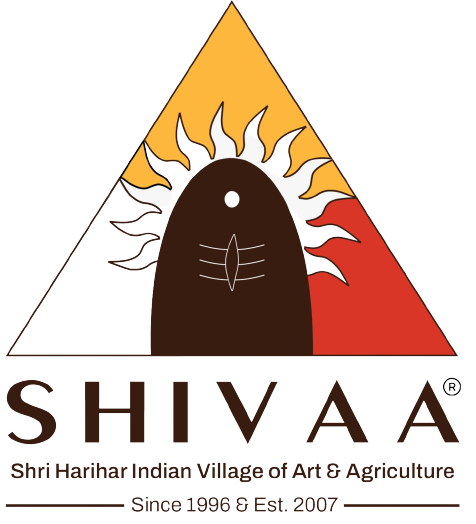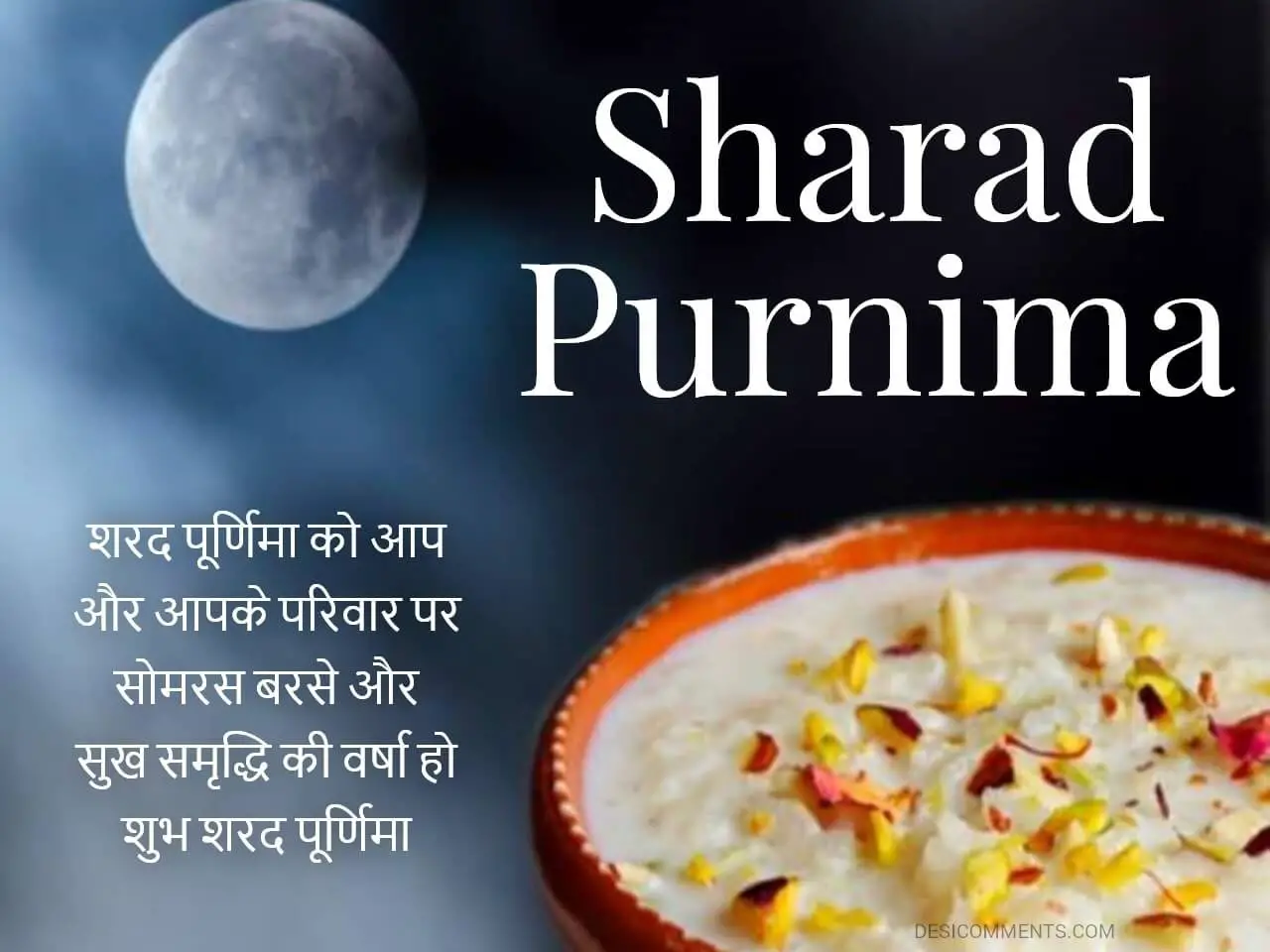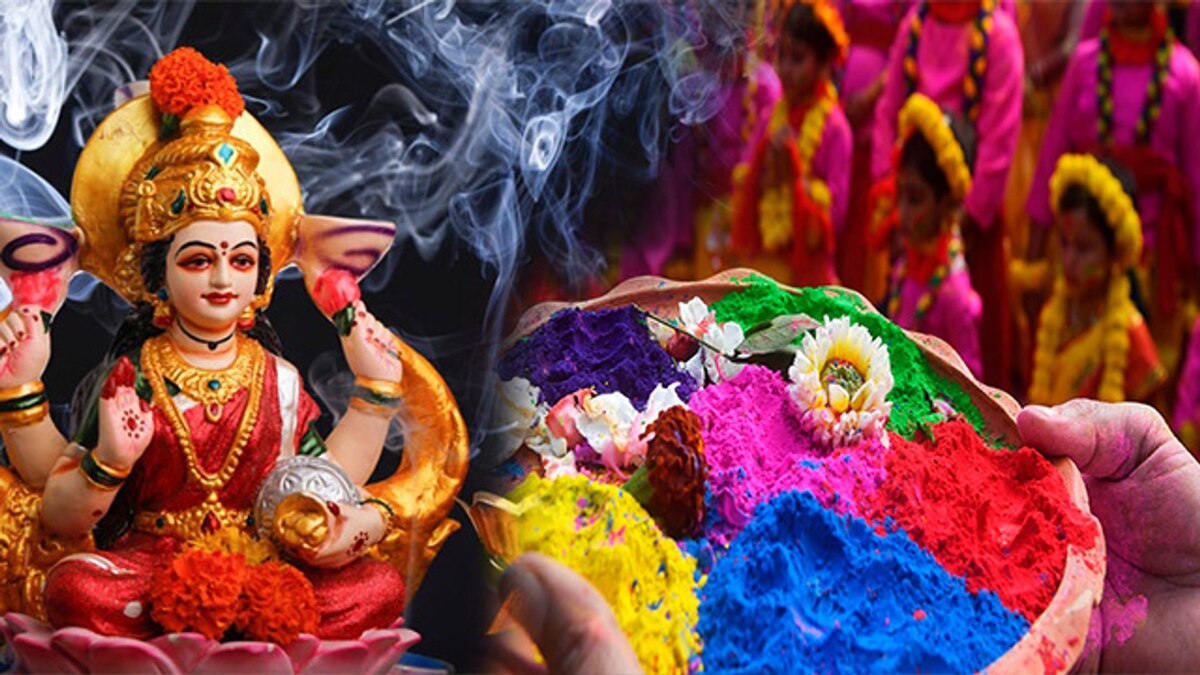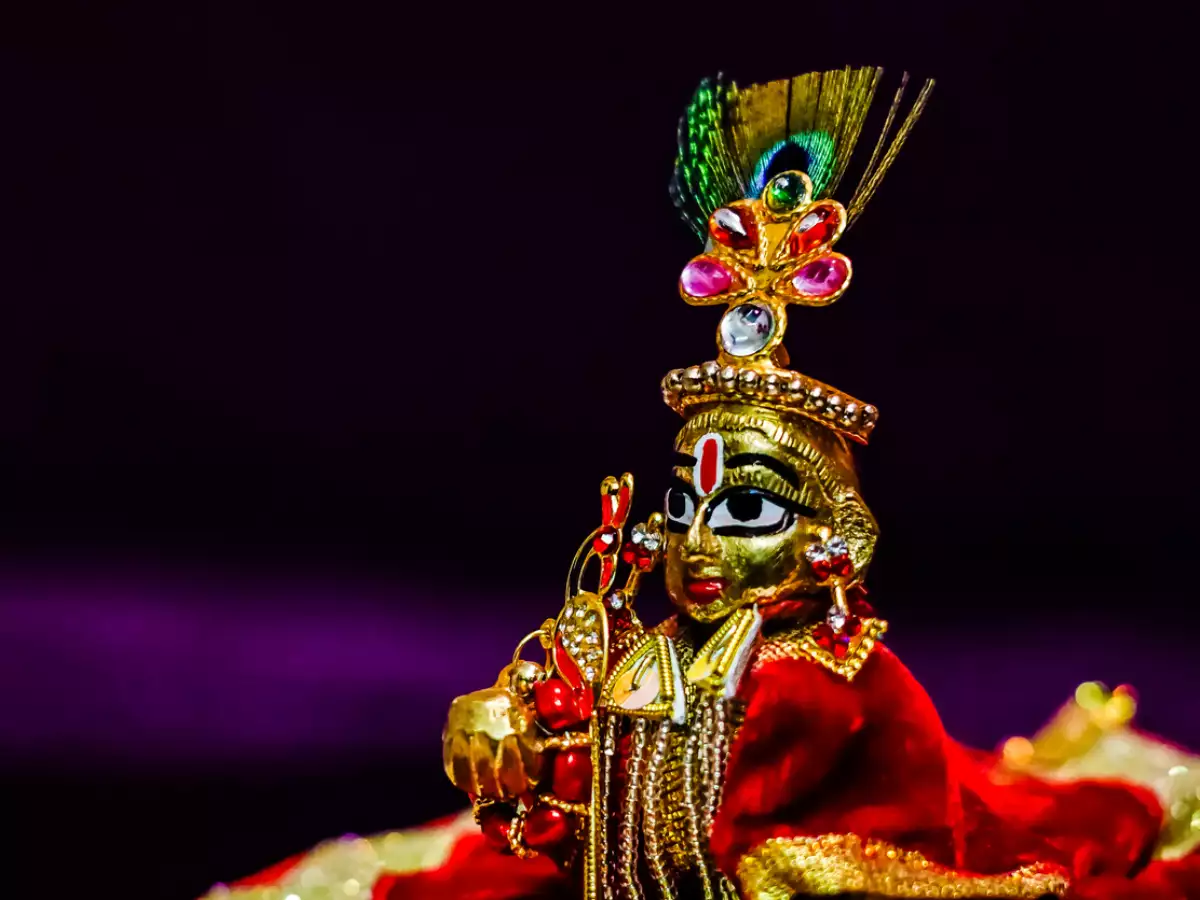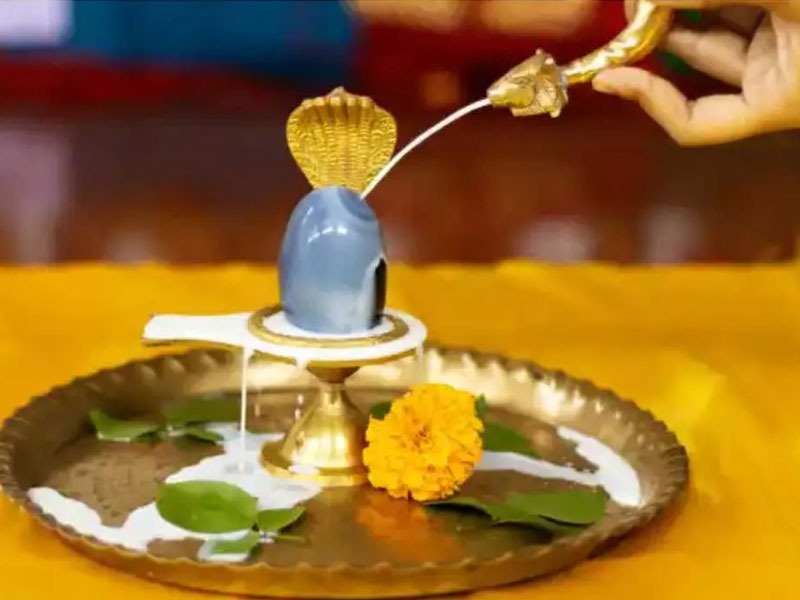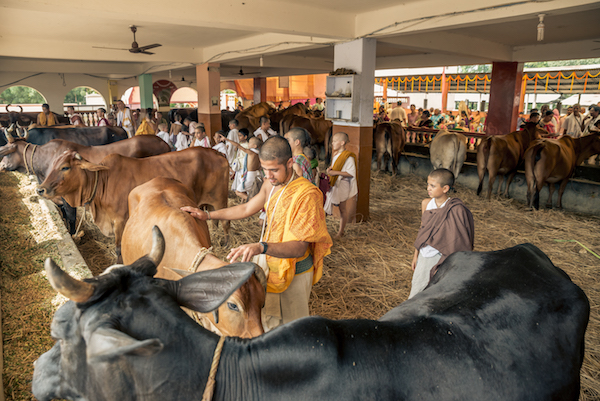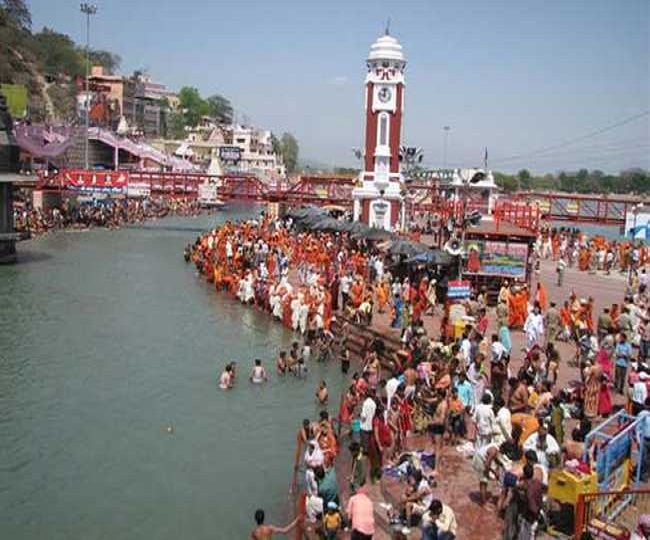Vijaya Dashmi
₹6,901.00
Vijaya Dashami Puja: Celebrating Victory and Triumph
Vijaya Dashami, also known as Dussehra, is a significant Hindu festival celebrated on the tenth day of the bright half of the lunar month of Ashwin (usually in September or October). It marks the culmination of the nine-day festival of Navaratri and symbolizes the victory of good over evil. Vijaya Dashami is observed with various rituals, including the worship of Goddess Durga and the burning of effigies representing the demon king Ravana. Here’s an overview of the festival:
1. Worship of Goddess Durga:
- Vijaya Dashami begins with the worship of Goddess Durga, who is believed to have defeated the demon Mahishasura on this day.
- Devotees visit temples dedicated to Goddess Durga, and some also set up temporary shrines in their homes for the puja.
2. Prayers and Offerings:
- Devotees offer prayers and perform aarti (lamp-waving ceremony) to seek the blessings of Goddess Durga for strength, protection, and victory over adversity.
- Flowers, fruits, sweets, and other offerings are made to the deity.
3. Sindoor Khela:
- In some regions, there is a tradition called “Sindoor Khela,” where married women apply vermilion (sindoor) to the forehead of Goddess Durga’s idol and then to each other’s foreheads as a symbol of prosperity and long-lasting marital bliss.
4. Cultural Programs:
- Cultural programs, including traditional music and dance performances, are organized in many places to celebrate the festival’s cultural significance.
5. Ram Lila Performances:
- In some parts of India, elaborate performances of the Ramayana, known as “Ram Lila,” are enacted, depicting the life and victories of Lord Rama.
6. Ravana Effigy Burning:
- One of the most iconic customs of Vijaya Dashami is the burning of effigies of the demon king Ravana, along with his associates Kumbhakarna and Meghnad. This act symbolizes the victory of good (Lord Rama) over evil (Ravana).
7. Victory Processions:
- In some regions, processions featuring idols of Lord Rama, Sita, Lakshmana, and Hanuman are taken through the streets amidst celebrations, music, and chants of victory slogans.
8. Exchange of Gifts and Sweets:
- Friends and family members exchange gifts and sweets as a token of goodwill and celebration.
9. Community Bonding:
- Vijaya Dashami is a time for communities to come together, celebrate, and reinforce their bonds. It fosters a sense of unity and shared cultural values.
